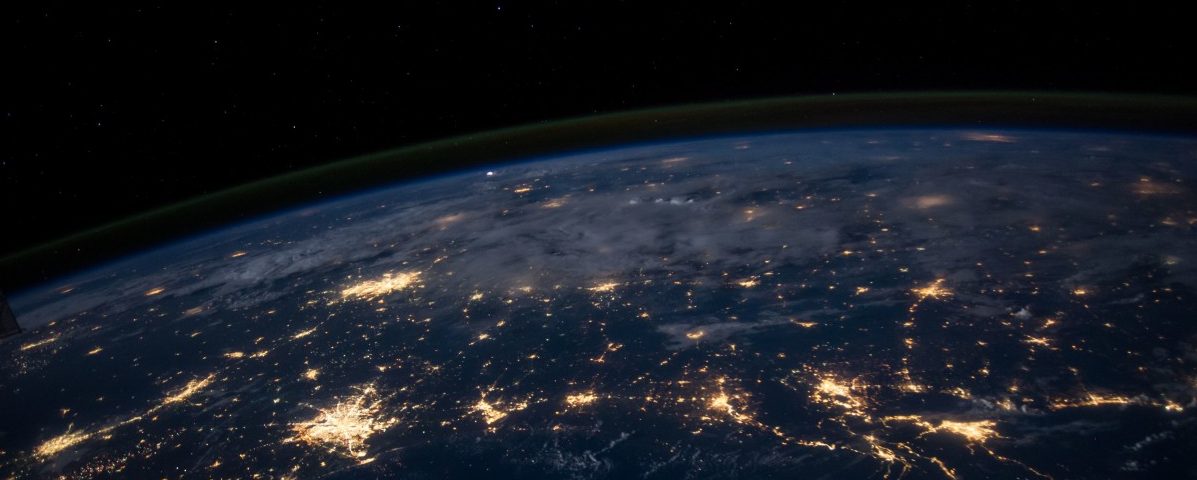by Andreana Chou
From the warm orange glow of night lights when we were small children to the blue screens of our phones today, artificial light is embedded in every aspect of our lives.
No longer are our work and leisure times constrained to the rising and setting of the sun. The creation of artificial light has expanded human potential more than any candle or faraway star could, yet, it’s hurting us and our world with its excessive presence.
A recent National Geographic article explored the consequences of light pollution, or the inappropriate and excessive use of artificial light, on ecosystems and humans. According to National Geographic, 83 percent of the world’s population lives under light-polluted skies, which often have far-reaching effects. For example, light pollution in Las Vegas can persist 40 miles out from the city center.
Oil spills, radioactive waste, and toxic gases are some of the types of pollution that come to mind when we think about anthropogenic environmental impacts, rather than artificial light. We often associate artificial light with human civilization — imagine driving miles down a dark country road to be greeted with the reassuring glow of a gas station stop. Artificial light may provide us comfort, but it represents an unlikely danger for other local inhabitants.
Perhaps one of the most well-known victims of artificial lighting is baby sea turtles. According to the Sea Turtle Conservancy, artificial lighting on beach towns and coastal residences can deter females from nesting. Hatchlings, which are believed to head towards the ocean because of the reflected moonlight, are distracted by artificial lighting and move in the opposite direction. Baby sea turtles already have a slim chance of survival, and the possibility of being run over, dehydrated, and lost further exacerbates the risks they face.
Sea turtles are not the only endangered animal being threatened by light pollution. Light pollution affects nocturnal animals, who are active at night and rest during the day, by making their night environment brighter. In addition, artificial light can disrupt migration patterns of birds that navigate by moon or starlight, often causing many to migrate too early or too late.
It may be easy to brush off the woes of endangered animals due to light pollution, but it has also been shown that artificial lighting negatively affects our health. According to National Geographic, nighttime physiology, which humans need more of, depends on periods of darkness rather than sleep.
It’s so tempting to stay up till 3 a.m. binge-watching TV shows, especially when we can brush off the consequences of sleep-deprivation by sleeping in or napping the next day. The negative effects, however, are deeper than the loss of sleep and accumulate over the long-term.
One aspect of nighttime physiology is the production of melatonin. According to the International Dark Sky Association, nighttime exposure to artificial light suppresses melatonin production, which affects our sleep cycle, immune system, cholesterol, and functioning of various glands and organs.
Light pollution, like many anthropogenic disturbances, can be remedied with gradual changes. Individual actions include using lower temperature LED lights, motion sensor outdoor lighting, turning off lights when not in use, and using blackout curtains to reduce bird collisions.
Individual cities are encouraging “lights-out” campaigns to protect birds during their migratory seasons and spread awareness about the effects of excessive light use. Perhaps these efforts may move the federal government to enact light pollution laws that can protect our ecosystems and reduce energy use.
References:
Drake, Nadia. (2019 April 3). Our nights are getting brighter, and Earth is paying the price. Retrieved from https://www.nationalgeographic.com
Information about sea turtles — threats from artificial lighting. Retrieved from https://conserveturtles.org
Light Pollution — Human Health. Retrieved from https://www.darksky.org
Light pollution effects on wildlife and ecosystems. Retrieved from https://www.darksky.org
Living and Coping with shift work disorder. Retrieved from https://www.sleepfoundation.org
